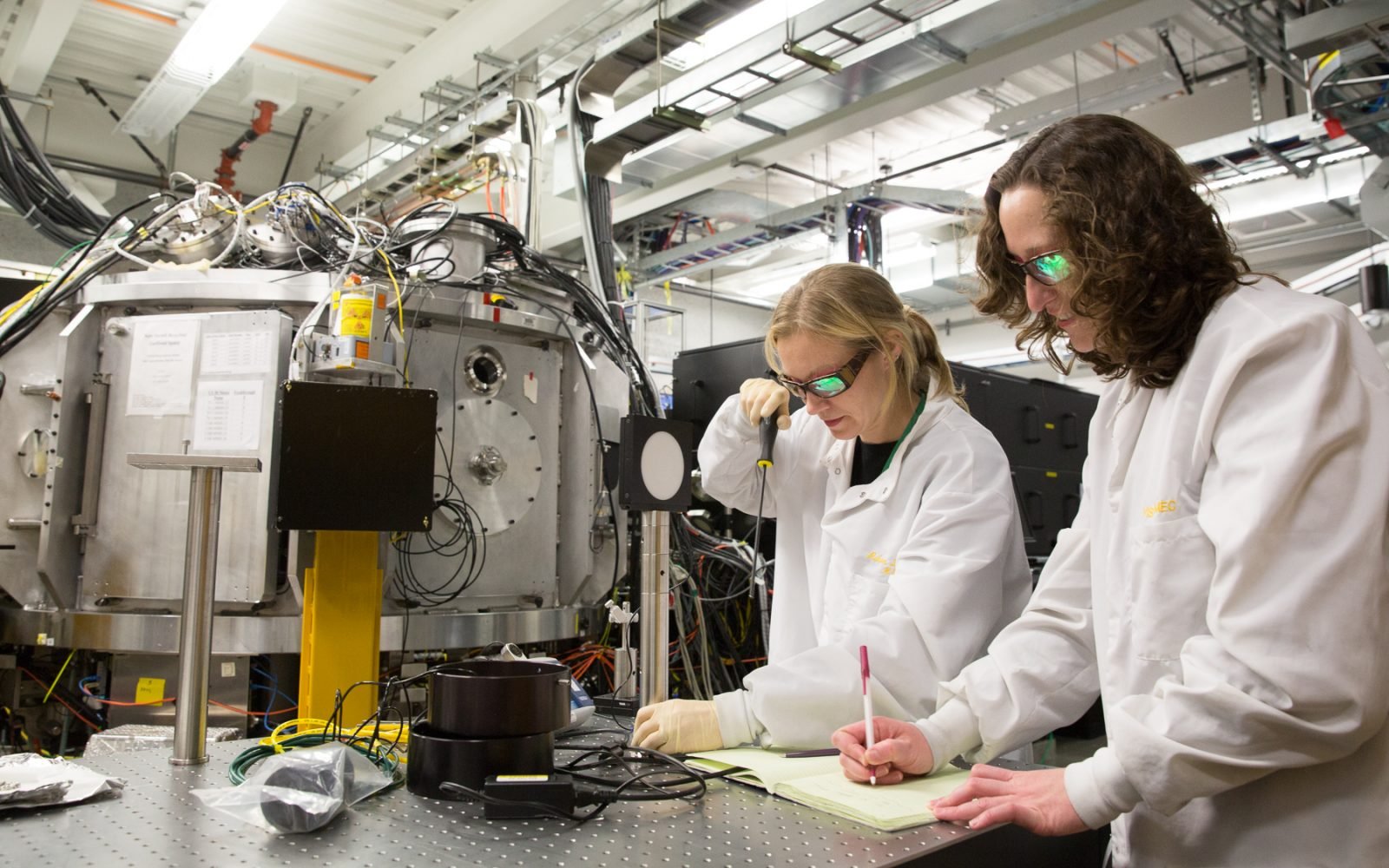Introduction: Moving Cemeteries and Breaking Conventions
“Changing a university is like moving a cemetery—you don’t get any help from the people inside.”
Woodrow Wilson
For decades, this phrase has been a favorite among university administrators, policymakers, and education reformers.
It perfectly captures the conventional wisdom about higher education: universities are slow-moving institutions, bound by tradition, resistant to change, and often led by faculty who see any disruption as a threat to academic purity. The dominant narrative suggests that universities take centuries, not decades, to evolve into globally recognized centers of excellence.
And yet, reality tells a different story. In recent decades, some universities have defied this expectation, achieving what many would have thought impossible: radical, strategic, and rapid transformation. These institutions have gone from relative obscurity to competing with the world’s most prestigious universities, not through the slow accumulation of prestige over centuries, but through bold leadership, innovative educational models, and strategic investments.
This article is a story of outliers—universities that have proven that, with vision and the right strategy, it is entirely possible to “move a cemetery” and turn an institution from Nada to Prada in just a few decades. We will explore how institutions like Northeastern University, Nanyang Technological University (NTU), TU Delft, HKUST, and ASU have broken the mold and what lessons their transformation offers for the future of higher education.
Because if some universities can rise from relative insignificance to global prominence in record time, maybe it’s time to rethink the old cemetery metaphor altogether.
Delft University of Technology (TU Delft, Netherlands) – Europe’s Innovation Engine
**The Past: A Solid Technical University with Limited Global Recognition**
TU Delft was a respected but relatively niche engineering school in the Netherlands. While it had strong ties with the Dutch industrial sector, it lacked the global reputation of elite European institutions like ETH Zurich or Imperial College London.
**The Transformation Strategy**
– Shifting Focus to Research and Innovation: TU Delft redefined its mission to become a global leader in aerospace engineering, sustainable energy, and urban mobility.
– Strong Industry Collaboration: Partnered closely with companies such as Shell, Airbus, Tesla, and ASML.
– Fostering a Startup Culture: Became a hub for high-tech entrepreneurship, supporting spin-offs in robotics, AI, and green energy.
– Sustainability and Smart Cities Focus: Positioned as a leader in climate change solutions, attracting significant EU research funding.
**The Results**
– TU Delft ranks among the top 10 engineering universities in the world.
– It has produced over 100 high-tech startups, reinforcing the Netherlands’ reputation as an innovation hub.
Northeastern University (USA) – From Backup School to Global Innovator
**The Past: A Decent but Unremarkable Institution**
Northeastern had a well-regarded cooperative education (co-op) program, but its academic reputation lagged far behind Harvard, MIT, and Boston University.
**The Transformation Strategy**
– Revolutionizing the Co-op Model: Integrated work experience with academic learning at an unprecedented level.
– Expanding Globally: Opened campuses in Toronto, Vancouver, San Francisco, London, and Miami.
– Raising Selectivity: Acceptance rate dropped from 70% to around 6%.
– Investing in Research & Innovation: Prioritized AI, data science, cybersecurity, and health sciences.
**The Results**
– Northeastern is recognized as one of the most innovative universities in the world.
– It consistently ranks among the top 50 universities in the U.S.
Nanyang Technological University (NTU, Singapore) – Asia’s Rising Star
**The Past: A Little-Known Technical Institution**
NTU has now become one of the top 20 universities in the world and a global leader in robotics, AI, and sustainability.
**The Transformation Strategy**
– Massive Government Investment: Singapore saw NTU as key for a knowledge-based economy, investing billions in research.
– Faculty Recruitment from Top Global Institutions: Hired professors from MIT, Stanford, and Cambridge.
– Industry Partnerships: Developed close ties with multinational companies and startups.
**The Results**
– NTU is a global powerhouse in technology and innovation, driving Singapore’s rise as an international hub for R&D.
Arizona State University (USA) – The Most Innovative University in America
**The Past: A Large but Undistinguished Public University**
ASU was seen as a massive public university with little prestige, known more for high enrollment than research impact.
**The Transformation Strategy**
– A New Vision: “The New American University” embraced both accessibility and excellence.
– Leading in Digital Education: ASU pioneered online and hybrid learning, partnering with Google and Starbucks.
– Massive Research Expansion: Invested in space exploration, AI, and bioengineering.
– Entrepreneurial and Industry-Driven Approach: Fostered innovation, encouraging students to launch startups.
**The Results**
– ASU is ranked #1 in innovation in the U.S. for multiple years, ahead of Stanford and MIT.
– It has become a leader in sustainability and interdisciplinary research.
Conclusion: The Only Real Limits Are the Ones Universities Set for Themselves
At the beginning of this article, we recalled the old saying that changing a university is like moving a cemetery—a task so difficult that it seems almost impossible.
And yet, the universities we have explored prove that this metaphor is deeply flawed. Transformation is possible when institutions dare to challenge the status quo, embrace innovation, and redefine their mission beyond tradition and inertia.
The cases of Northeastern University, NTU, TU Delft, HKUST, ASU, and others are proof that the limits of a university’s transformation are not set by history, but by vision.
These institutions could have remained in comfortable obscurity, continuing to do what was expected of them. Instead, they reimagined themselves, defied expectations, and rose to the forefront of global education.
So perhaps it’s time to discard the “cemetery” analogy once and for all. Because, as these universities have proven, the most successful institutions are not those that fear disruption, but those that embrace it, lead it, and redefine what’s possible in higher education.



